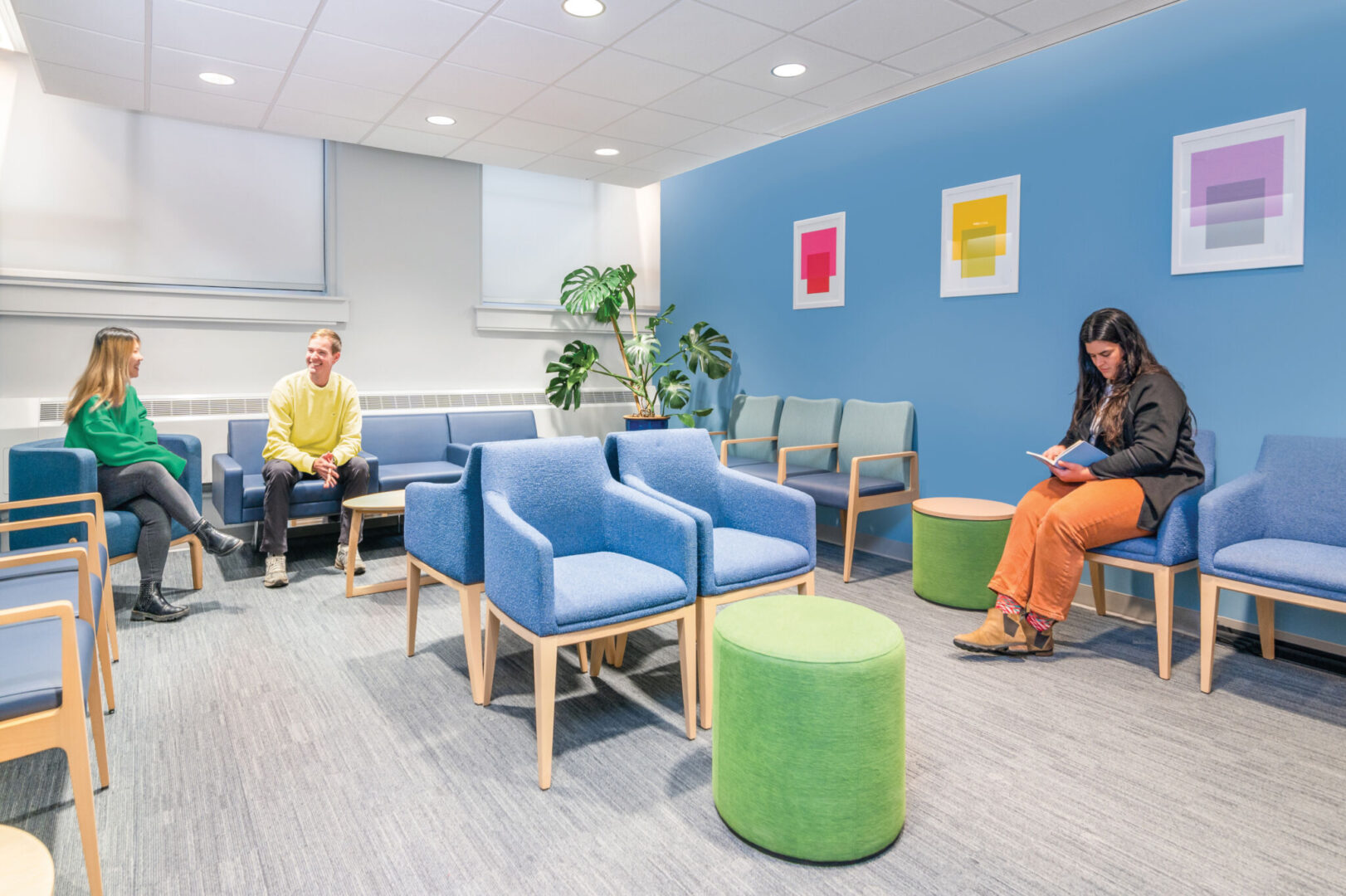By: John Hyde, Senior Sustainability Manager for the March/April 2024 issue of American School & University.
In the early days of sustainable design, the U.S. Green Building Council’s LEED rating system was an overwhelming success in higher education markets by providing a framework for designing and constructing buildings through a sustainability lens. Eventually, the requirements were adopted by building codes, and manufacturers shifted towards more sustainable practices. Building projects were now “certifiable” by default.
However, academic institutions are now looking beyond LEED and broadening their sustainable focus to provide more healthful workplaces. The next generation of sustainable projects is here. And instead of building to a specific rating system, many choose to cherry-pick fundamentals from several rating systems, build the most sustainable project they can afford, and re-allocate certification costs to programming.
One of the most prominent themes on college and university campuses is decarbonization.
Here are some helpful tips to set a decarbonization plan in motion.
Perform a greenhouse gas inventory to establish a baseline operational carbon footprint and begin benchmarking progress. Consider following the Greenhouse Gas Protocol for tracking and reporting emissions because it’s the most widely recognized standard. Another acceptable standard is the U.S. Environmental Protection Agency’s Scope 1, 2, and 3 guidelines.
Next, reduce energy demand by improving building enclosures. Look for ways to upgrade the enclosure when performing renovations. Air sealing and insulation alone can result in long-term savings and improve occupant comfort. Retro-commissioning HVAC equipment will optimize system performance, lower operating budgets, and reduce carbon emissions.
Third, eliminate dependence on fossil fuels and electrify buildings. Electrification is a viable option for both new construction and renovations. Develop a comprehensive electrification plan, taking into consideration phasing requirements and impacts on ongoing operations.
Finally, deploy renewable energy strategies when feasible. Solar panels are economical and can be installed on buildings or ground mount structures. Many higher education facilities are exploring ground source heat pump systems. Geothermal systems can be networked to condition multiple buildings.
Academic facility managers need to effectively communicate the plan to everyone who might have a part in its success. Colleges and universities must work together with construction and design partners to mitigate climate change and preserve the planet.


